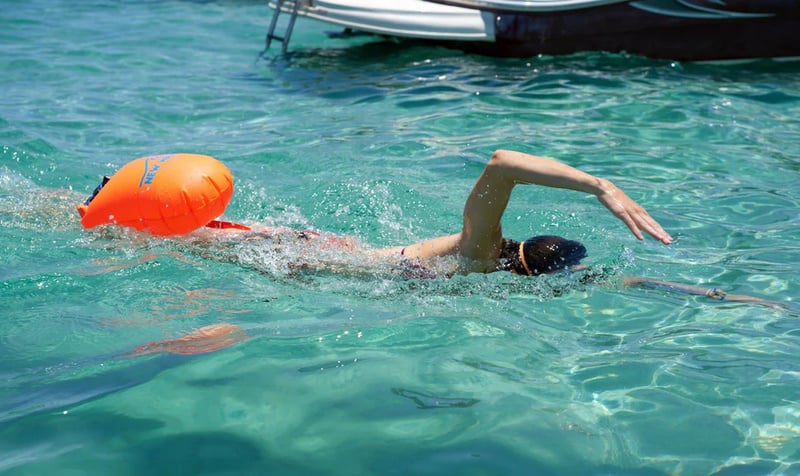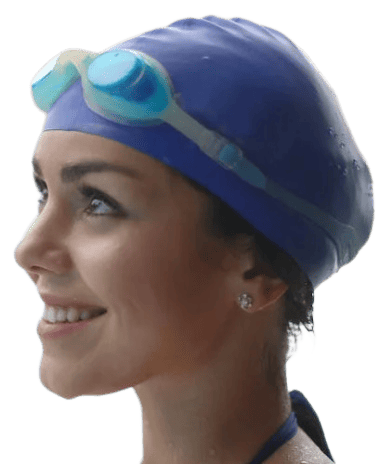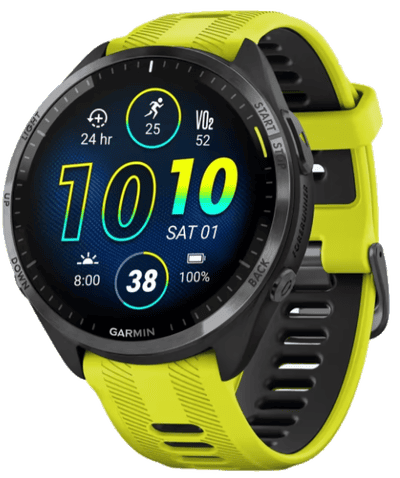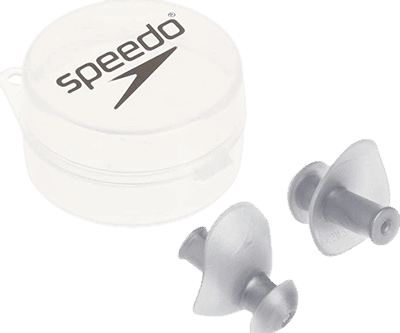7 Open Water Swimming Gear Products You Should Be Using

Swimming in open water can be an exhilarating and liberating experience. It also changes the dynamics of your swim training. Having the right open-water swimming gear is crucial for safety, comfort, and enhancing your overall swimming performance.
Whether you are training for your first sprint triathlon or participating in the Hawaii Ironman, this article is for you. Let’s explore the essential gear every swimmer should consider before diving into the deep blue.
Also, don’t miss our article on how to pick your open-water swimming locations.
Swim Buoy

A swim buoy is a safety device that should be an integral part of your open-water swimming gear. This brightly colored inflatable device attaches to your waist and floats behind you, making you more visible to boaters and other swimmers.
Also, if you find yourself in trouble, the swim buoy can be used as a floatation device. A good swim buoy can support a 250-pound swimmer.
Free tip – You also might consider attaching a whistle or signaling device to your swim buoy as well in case you find yourself in trouble. Anything so you can stay visible.
Swim Cap

While I admit that swim caps give me a tightness headache, there are many benefits why they should be used. I won’t use them while pool swimming, but definitely recommend them to all open water swimmers. A silicone cap can improve visibility and safety, provide protection from the elements, enhance hydrodynamics, and keep your hair in place.
Visibility and Safety
One of the primary reasons to wear a swim cap in open water is improved visibility and safety. Swim caps are typically brightly colored, making it easier for others, including lifeguards, boaters, and fellow swimmers, to spot you in the water.
Protection from the Elements
Open-water swimming exposes you to wind, sun, and potentially cold water. A swim cap provides a layer of protection for your hair and scalp against these elements. It helps to reduce heat loss from the head and can protect your hair from sun damage and reduce the risk of sunburn on your scalp.
Also, if you’re swimming in a saltwater environment, a swim cap can help protect against jellyfish stings.
Streamlining and Hydrodynamics
The smooth surface of the cap reduces friction, allowing you to move through the water more efficiently. This can be particularly beneficial for competitive swimmers or those aiming to improve their performance in open-water races or events.
Hair Management
For swimmers with longer hair, a swim cap is essential. It keeps your hair in place and prevents it from obstructing your vision or getting tangled. Open-water swimmers with wetsuits risk getting their hair stuck in the velcro closure around the neck if they’re not careful.
Swim Buddy
Ok, a swim buddy is not necessarily a piece of gear, but it is something we feel strongly about.

One of the primary reasons to swim with a buddy is safety. Even if you consider yourself a strong and confident swimmer, unexpected situations can arise in the open water. A swim buddy is someone who will watch out for you and vice versa. They can help in case of cramps, exhaustion, or other emergencies. In open water, where conditions can change rapidly, having a second set of eyes and hands can be a lifesaver.
Moreover, swimming with a buddy enhances visibility, making you more visible to others and reducing the risk of accidents.
GPS Swim Watch

One of the key advantages of swimming with a GPS watch is the ability to accurately track your swimming metrics. GPS watches designed specifically for swimming can provide you with data such as distance covered, lap times, stroke count, stroke rate, and even heart rate. You can gauge your progress, set goals, and track improvements over time.
Many GPS watches also provide performance summaries and detailed post-swim analysis, allowing you to review your data and identify areas for improvement.
Wetsuit
Check out our list of the best triathlon wetsuits.
In colder waters, a wetsuit is a vital piece of gear for open-water swimming. Here are some benefits:

Buoyancy and Floatation
Wetsuits are designed to provide buoyancy and floatation in the water. The neoprene material used in wetsuits has inherent buoyancy, which helps to keep you afloat. This is great for beginning swimmers since it provides a safety layer for them.
This buoyancy also helps maintain a streamlined body position. You’ll have reduced drag and you’ll be able to glide through the water more effortlessly as a result. Some people describe this as “water resistant” and describe improved performance from wearing a wetsuit.
It can also help conserve energy by minimizing the effort required to stay afloat, particularly during long-distance swims.
Thermal Insulation
One of the primary benefits of wearing a wetsuit is its thermal insulation properties. The neoprene material traps a thin layer of water between your body and the suit, which then gets warmed by your body heat. This layer acts as an insulator, keeping you warmer in colder water temperatures.
The water temperature insulation provided by a wetsuit can extend your swimming season and allow you to swim comfortably in water that would otherwise be too cold.
Note – They get hot when swimming in warmer waters, so avoid using them if the temperature is too high.
Protection from the Elements
I have had to swim through schools of jellyfish in races and if I didn’t have my wetsuit on, I’d be in trouble.
Open-water swimming exposes you to various elements such as wind, waves, and potentially rough or unpredictable conditions. Wearing a wetsuit offers an additional layer of protection against these elements.
It helps to shield your skin from cold water, wind chill, and potentially abrasive or stinging marine life. The wetsuit can act as a barrier, reducing the impact of external elements and providing a more comfortable swimming experience.
Wetsuits will also provide a layer of sun protection. Just make sure you pick a wetsuit that will prevent chafing. An ill-fitting suit will make swimming miserable.
Swimming Earplugs

Wearing swimming earplugs while open water swimming is a simple yet effective measure to protect your ears and enhance your swimming experience. Ear plugs can help prevent water-related ear infections, reduce the risk of swimmer’s ear, and help avoid equilibrium issues.
Protecting Against Cold Water
Cold water can affect your ears and potentially lead to discomfort, pain, or even cold-induced vertigo. Earplugs help to insulate your ears, maintaining a more stable and comfortable temperature.
When swimming in cold water, I’ve literally been unable to stand up straight when exiting the swim. I’ve spent 3-4 minutes sitting while getting my equilibrium back to normal. Once I started wearing earplugs, this went away.
Preventing Water-Related Ear Infections
When water enters your ears during swimming, it can create a moist environment that promotes the growth of bacteria, fungi, and other microorganisms. This can lead to painful conditions such as swimmer’s ear (otitis externa) or ear canal infections. Earplugs help create a barrier that prevents water from entering your ears, reducing the risk of these infections.
Note – I still recommend using swimmer’s ear drops as a safeguard following every open water swim session.
Tinted Goggles

Opting for tinted goggles when swimming outside offers numerous benefits for your comfort, safety, and performance. When choosing tinted goggles, consider the lens color and tint intensity based on the prevailing light conditions and personal preferences.
The best goggles should allow for good peripheral vision so you can easily see other swimmers. I prefer goggles that fit outside the eye socket in case another swimmer’s foot accidentally makes contact with my face.
I actually dislike tinted goggles with mirrored lenses since they diminish my vision when looking down in the water. However, when I breathe I often find myself looking directly into the sun, so I put up with them.
Read our list of the best triathlon goggles.
Open Water Swimming Gear Summary
The gear discussed in this blog post, including wetsuits, swim buddies, GPS watches, ear plugs, tinted goggles, and swim caps, serve specific purposes to enhance safety, comfort, performance, and overall enjoyment.
Investing in high-quality open water swimming gear can make a significant difference in your swim. Remember to choose gear that fits well, is appropriate for the conditions, and aligns with your individual needs and preferences.
Good luck!
This site contains product affiliate links. We may receive a commission if you make a purchase after clicking on one of these links at no cost to you.





